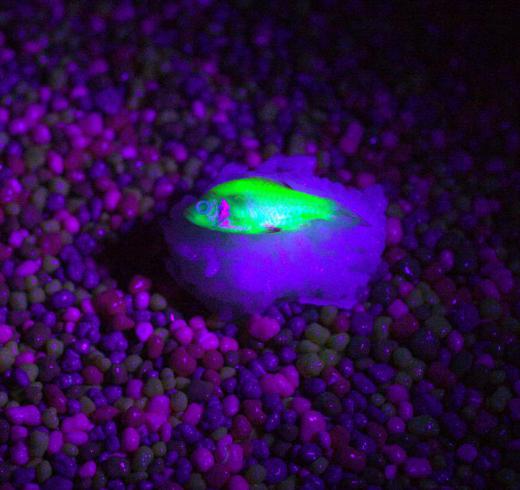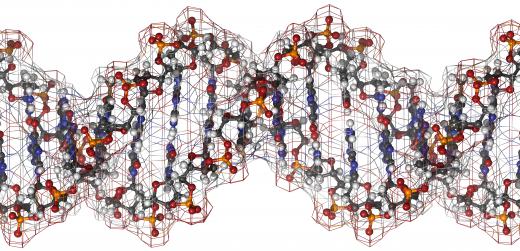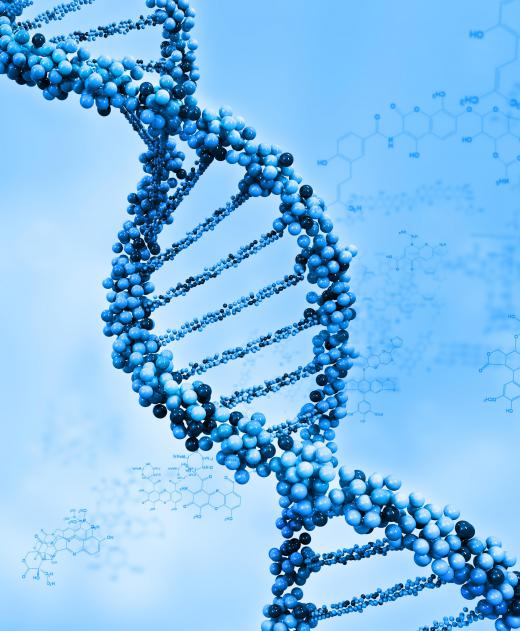What Are the Different Types of Recombinant DNA Technology?
Recombinant DNA technology comprises a group of methods that inserts foreign deoxyribonucleic acid (DNA) into organisms, either for genetic study or enhancement of the original organism. Insertion of foreign DNA can be done in both simple prokaryotic cells as well as the more complex eukaryotes, but when doing genetic analysis, the organisms involved are frequently single cells. When handling these single cells, three separate methodologies are used: bacterial transformation, non-bacterial transformation, and phage introduction. Each of these three methods accomplishes roughly the same thing, incorporating foreign DNA into a host organism's genome. Each method is done differently, and so each one has applications in different contexts.
One of the most common methods of recombinant DNA technology is bacterial transformation. Sometimes known simply as transformation, it involves encouraging a specially prepared bacterial cell to take in a piece of foreign DNA and incorporate it directly into the bacterial genome. E. coli, the bacteria that can sometimes cause food poisoning, are often used as the hosts for this method, because they are easy to grow and reproduce quickly. Large amounts of transformed bacteria can give scientists quick and easy answers to questions about particular genes. A common application for bacterial transformation is to test genes for drug resistance, and try to anticipate how they change.

A second variety of transformation is called non-bacterial transformation. This recombinant DNA technology is almost identical to bacterial transformation, except that bacteria are not used as host cells. Non-bacterial transformation is commonly used in eukaryotic cells, like yeast or plant cells. This type of transformation can be done by shooting DNA fragments attached to tiny pellets directly into cell nuclei, or by injecting DNA into cell nuclei with microscopic needles. Both of these methods are more invasive than bacterial transformation, but there are certain types of cells, like plant cells, that will not easily pick up pieces of foreign DNA due to the cell structure.

A third type of recombinant DNA technology is phage introduction, which involves using specific types of viruses, called phages, to inject foreign DNA into host cells. Viruses can carry either single-stranded or double-stranded DNA, so they can be used to replace single-stranded DNA at specific locations. Not all phages are capable of carrying foreign DNA, and not all phages that can carry foreign DNA are able to infect bacteria. Some phages can carry DNA more efficiently than others, as well.

Contrary to the prevalent image in popular culture, recombinant DNA technology is not, at its heart, a group of methods that create "unnatural" organisms. Instead, it uses the common genetics between all organisms to obtain information that would be difficult or almost impossible to generate another way. This information is then used to either directly or indirectly enhance human health. There have been many benefits to human health from recombinant DNA technology, including rice fortified with nutrients in areas struck by famine, and new therapies to combat genetic diseases.
AS FEATURED ON:
AS FEATURED ON:














Discuss this Article
Post your comments